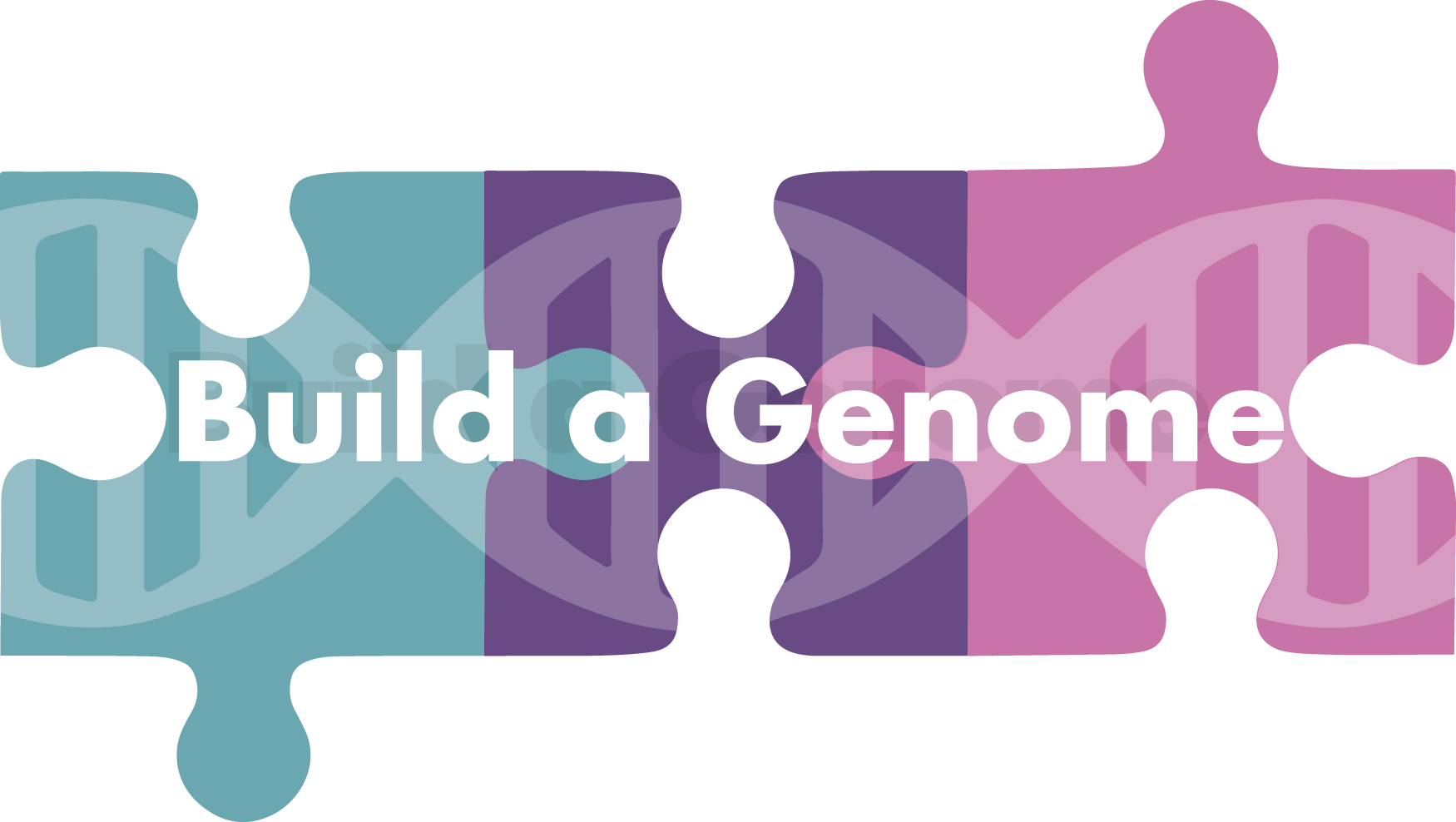
In these mini-Newsletters, we continue to focus on the rapid, nationwide transition to online education, highlighting resources for now, and next steps for collaborations within the new normal.
Teaching Quantitative Biology Online: Resource Walkthroughs, Upcoming Office Hours and pointers to COVID-19 information to share

Resources for Teaching Quantitative Biology Online is a collection of open education resources (OERs) that are designed to teach quantitative skills in a variety of biological contexts and will work well in an online setting with minimal adaptation. This webpage is a rapid response to the need for our community of educators to move learning online quickly.
Resource Walkthroughs provide a quick video description and teacher discussion on resources available for use. These discussions are led by the content creators or a teacher who has used them often. These videos give viewers a very fast overview so that teachers can understand how to use the online materials quickly in these transition times. See here for more information about walk-throughs. We are adding more all the time, so check back and reach out to Deb Rook (deb.rook "at" bioquest "dot" org) if you would like to produce a video guide to your content.
Teaching Quantitative Biology Online Office Hours provide an opportunity to talk with others in the community who have some experience with teaching online, quantitative biology resources, or other valuable information about teaching. These volunteers have offered their time to facilitate conversations, provide information, and support their colleagues as courses move online for the semester. If you would like to volunteer to host office hours, please contact Deb Rook (deb.rook "at" bioquest "dot" org).
March 30 - April 23, 2020: See here for links to join and more information about office hours.
- M/W: 10:00-10:30 am PDT / 1:00-1:30 pm EDT
- Tu/Th: 7:00-7:30 am PDT / 10:00-:10:30 am EDT
Resources on Understanding COVID-19. Dr. Harry Kestler at LCCC keeps us informed about the coronavirus and how we can all work together to slow the spread of COVID-19 in this series of daily videos about various aspects of the pandemic. Prior to his position at LCCC, Dr. Kestler held faculty positions at the Lerner Medical College of the Cleveland Clinic and the department of Microbiology and Molecular Genetics at Harvard Medical School. Check out other resources in this QUBES Collection
QUBES partners and individuals can share and highlight modules, as well as indicating adaptations made to existing OERs. Join the group to contribute your own ideas! We expect this resource to grow quickly, so check back often.
NIMBioS Webinar Series: Applied math in real-time pandemic response

NIMBioS is hosting a series of webinars focusing on topics at the interface of mathematics and biology. Learn more about upcoming webinars in the series at NIMBioS
March 31, 2020, 3:30 PM Eastern
Online, Free and Open to the Public (but you need to register for the webinar here!)
Title.The role of applied math in real-time pandemic response: How basic disease models work

Abstract.It's not normally instantly obvious what mathematicians do. It's also not normal to be able to use middle-school math to help try to save the world. Right now, things are not normal. Join us for "The role of applied math in real-time pandemic response: How basic disease models work" for a presentation about how very simple, middle-school math (and much fancier versions of the same thing) can help us fight COVID-19.
Nina Pfefferman,Departments of Mathematics and Ecology and Evolutionary Biology at the University of Tennessee, Knoxville
Moving a Project to a Collaborative Space? How can QUBESHub help?
Use this 6-question survey to communicate your needs for planning. The QUBESHub Team will respond, helping to support you to take your conference or project online.
NSF Letter to Community Regarding Covid-19

Please read the NSF Letter to the Community (Mar 23, 2020) from Director Dr. France Córdova. Some key highlights:
- NSF is committed to providing the greatest available flexibilities to support your health and safety as well as your work.
- NSF is continually updating guidance and online resources, so check often.
- NSF is issuing new guidance for NSF awardees to implement flexibilities authorized by the Office of Management and Budget.
- NSF is accepting proposals for non-medical, non-clinical-care RAPID research on coronavirus.
- The latest information is available here
Build a Genome Network: Join us Tuesday to discuss Coronavirus and undergraduate education

Tuesday March 31st at 4pm Eastern in this zoom [https://loyola.zoom.us/j/7066453786]
As we move our courses online, we are learning what works and what doesn't and you may be finding that new questions come up. We'd like to invite the network to serve as one place for us to share expertise and resources, and to engage in these conversations together as a community. Some questions that we might want to address include:
- Coronavirus has impacted how you teach, but has it also impacted what you teach?
- How have/would students respond to our teaching about coronaviruses?
- How do we support students overall as the quarantine continues?
Bring your expertise, questions, and desire for community, and join us online for this conversation. This conversation is open to all faculty whether or not they are already part of the BAG network. Please feel free to invite your colleagues to join our discussion. We look forward to seeing you again!
Members of the QUBES team are participating in some re-imagined conferences that will be happening through the QUBESHub. Members of the QUBES team are always looking to meet others who have a passion for quantitative biology education. Reach out so we can help you gather your collaborators, move projects forward, and continue to move quantitative biology forward. Connect with us by submitting a support ticket

From left to right: Sam Donovan (Director of OER), Carrie Diaz Eaton (Director of QUBES Consortium), Kristin Jenkins (Director of BioQUEST), Drew LaMar (Director of Cyberinfrastructure), and Jeremy Wojdak (Director of Professional Development).
Do you have a product or result from a QUBES sponsored activity? Help us measure our success by sharing your product or result with QUBES. Learn how to cite QUBES.
|